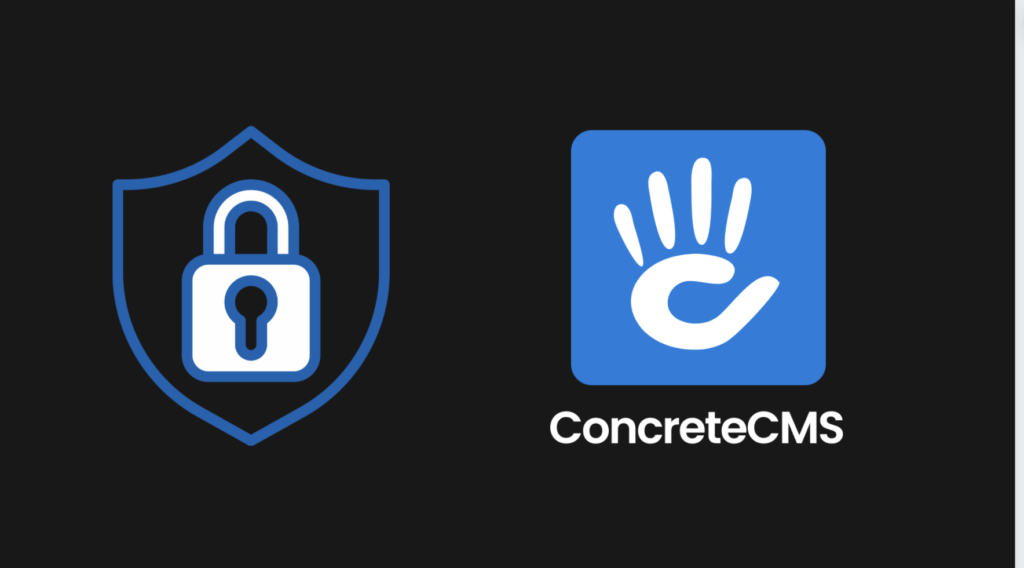
A solid online presence is crucial for both individuals and businesses in the fast-paced digital age. Content Management Systems (CMS) play a crucial role in managing and creating digital content without the need for complex coding. Concrete CMS is one such powerful tool that empowers beginners to take control of their websites with ease. In this beginner’s guide, we’ll walk you through the fundamentals of getting started with Concrete CMS.
What is Concrete CMS?
Concrete CMS, formerly known as Concrete5, is an open-source content management system designed to simplify website management for users of all skill levels. It boasts an intuitive interface that allows users to edit and update content in real-time, making it an excellent choice for both beginners and experienced developers.
Step 1: Installation
Before diving into Concrete CMS, you’ll need to install it on your web hosting server. Many hosting providers offer one-click installations, which streamline the process significantly. If not, you can download the CMS from the official Concrete CMS website and follow their installation guide. Make sure you have a MySQL database ready, as Concrete CMS requires it for storage.
Step 2: Familiarizing Yourself with the Dashboard
Upon successful installation, you’ll be greeted with the Concrete CMS dashboard. Spend some time exploring the various sections and options available. The dashboard is where you’ll manage your website’s content, design, and functionality.
Step 3: Content Creation and Editing
Concrete CMS makes content creation a breeze. Navigate to the “Pages & Themes” section to begin creating your website’s pages. The WYSIWYG (What You See Is What You Get) editor lets you format text, insert images, and even embed multimedia effortlessly. You can add new content blocks to your pages, rearrange them, and see the changes in real-time.
Step 4: Customizing Your Website
Personalization is key when building a website. Concrete CMS offers a variety of themes and templates that you can apply to your site. If you’re comfortable with CSS, you can further customize the design to match your branding. Additionally, the system supports the creation of custom blocks and elements, allowing you to add unique features to your site.
Step 5: Ensuring SEO-Friendliness
Search Engine Optimization (SEO) is vital for ensuring your website reaches a broader audience. Concrete CMS provides tools to optimize your content for search engines. You can set meta titles, descriptions, and keywords for each page, enhancing your site’s visibility on search engine results pages.
Step 6: Responsive Design
In today’s mobile-driven landscape, having a responsive website is non-negotiable. Fortunately, Concrete CMS themes are designed to be mobile-responsive out of the box. Always preview your website on various devices to ensure it looks great everywhere.
Step 7: Learning Resources
As a beginner, you might encounter challenges or have questions while using Concrete CMS. Thankfully, the Concrete CMS community is active and supportive. The official documentation, forums, and online tutorials can provide valuable insights and solutions to any hurdles you face.
Step 8: Regular Updates and Backups
Keep your Concrete CMS installation up to date by applying the latest updates and patches. Regular updates help improve security and performance. Additionally, always maintain backups of your website’s content and database. This precaution ensures you have a copy of your site in case of unexpected data loss or technical issues.
Conclusion
Concrete CMS is a user-friendly and robust platform that empowers beginners to create and manage their websites efficiently. By following these steps, you’ll be well on your way to building a functional and attractive website without the need for extensive coding knowledge. As you gain more experience, you can delve deeper into the advanced features and unlock even more possibilities for your online presence.
Remember, the journey of learning and growing with Concrete CMS is a rewarding one. Embrace the learning curve, experiment with different features, and watch your website flourish.
